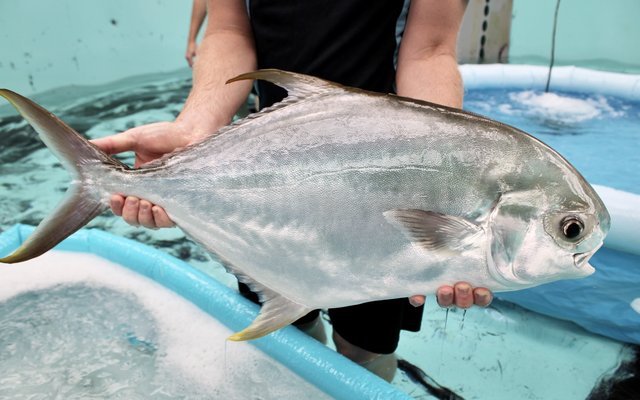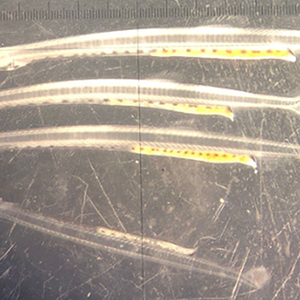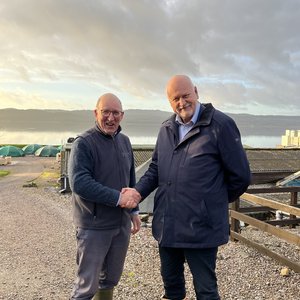A new white-flesh fish variety could be swimming into Australian plates adding more than $1 billion to the economy, following successful breeding trials by CSIRO, Australia’s national science agency, and promising initial market testing with chefs and consumers.
As consumer demand continues to grow for Australian-sourced white fish, there’s a huge opportunity to diversify aquaculture and cultivate species at scale efficiently and in a sustainable way. The Pompano (Trachinotus anak) has been identified as the ideal white-flesh fish for developing in northern Australia’s tropical climate. A new Pompano industry would help Australian aquaculture reduce its reliance on around 100,000 tonnes of white-flesh fish imports while helping to meet growing demand for seafood sustainably.
Lead scientist, Polly Hilder, will speak at CSIRO’s AgCatalyst2024 event, highlighting the goal to produce a highly nutritious protein source while prioritizing sustainability and welfare.
“The Pompano is a robust, sociable fish endemic to northern Australia that grows really quickly and tastes great, making it an ideal candidate for adapting to our aquaculture environments," Hilder said. “We're bringing a new species to Australian plates to give consumers more options while opening up new export opportunities to strengthen Australia’s white-flesh fish industry. We’re now working to scale production processes in commercial trials with industry.”
An initial market study, conducted by Fishtales, involving chefs found the Pompano is versatile, easy to prepare and tastes great. MasterChef Australia judge and co-owner and chef at Three Blue Ducks, Andy Allen, will highlight Pompano’s culinary qualities in a live cooking demonstration at AgCatalyst2024.
By partnering with industry to bring Pompano to the mainstream market, CSIRO aims to create a new, sustainable Australian white-flesh fish industry in near future to diversify the market and reduce reliance on imports.
“We’re applying innovative circular economy approaches designed around welfare that make use of resources end-to-end – from capturing value from production processes, through to utilizing the whole fish at the consumer end,” Hilder said. “For example, fish waste is high in phosphorous and nitrogen nutrients and can be turned into valuable byproducts such as fertilizer capsules.”
CSIRO’s National Protein Roadmap states that industry ambitions to produce 50,000 tonnes of white-flesh fish could create more than 1000 jobs in Australia. It’s one of a suite of future protein solutions CSIRO is working on to meet growing global protein demand, sustainably.
CSIRO’s aquaculture research and development spans breeding and genomics through to health, nutrition, and production processes.
Check out the recent article published in Hatchery Feed & Management describing this species’ breeding advances.













